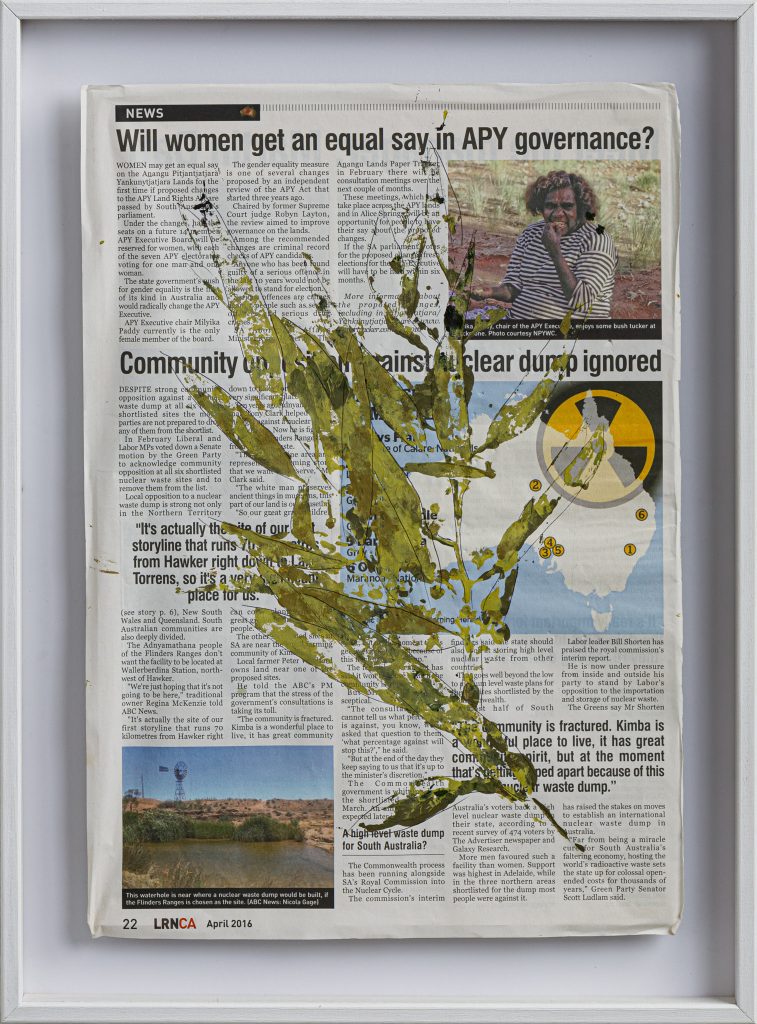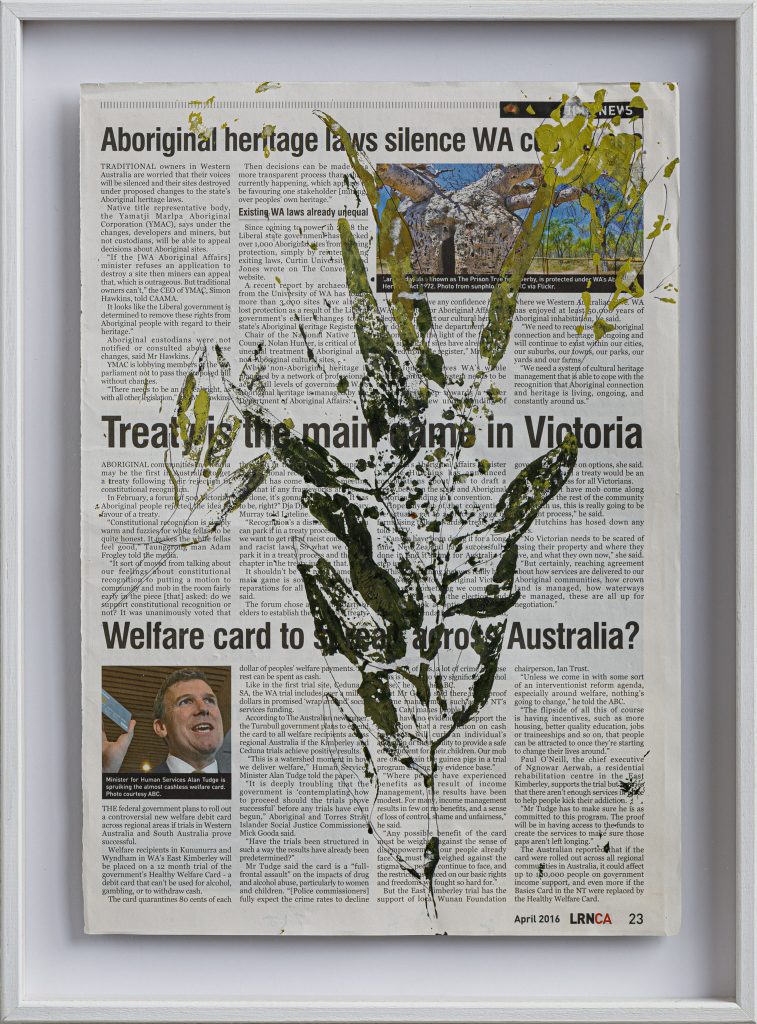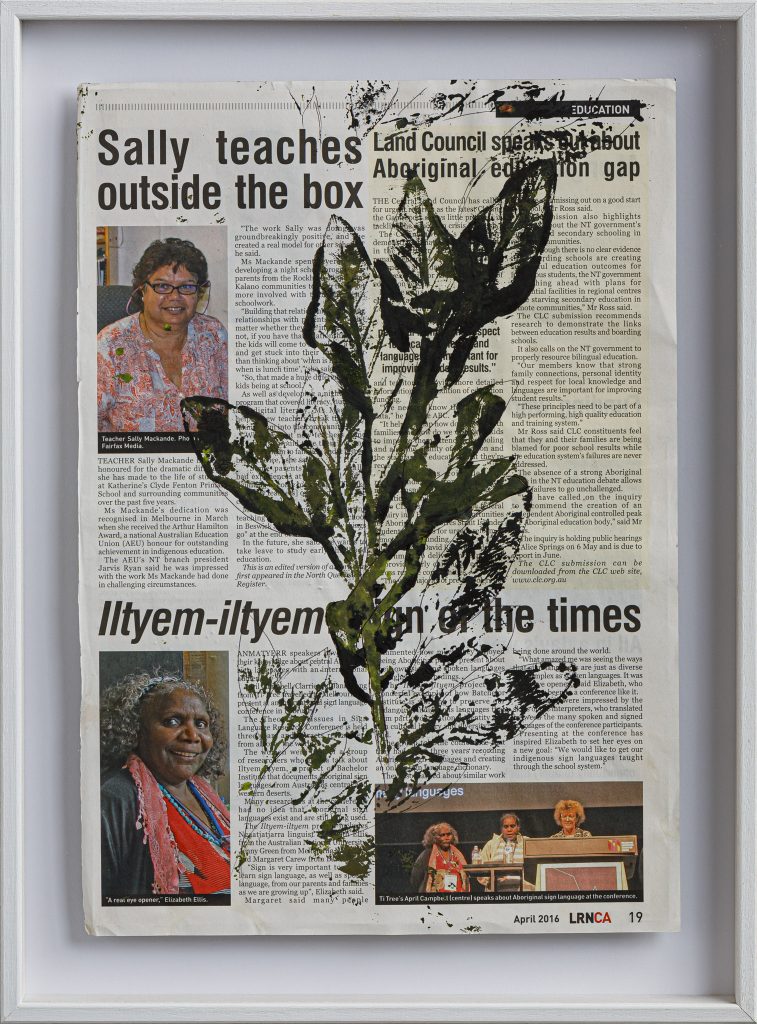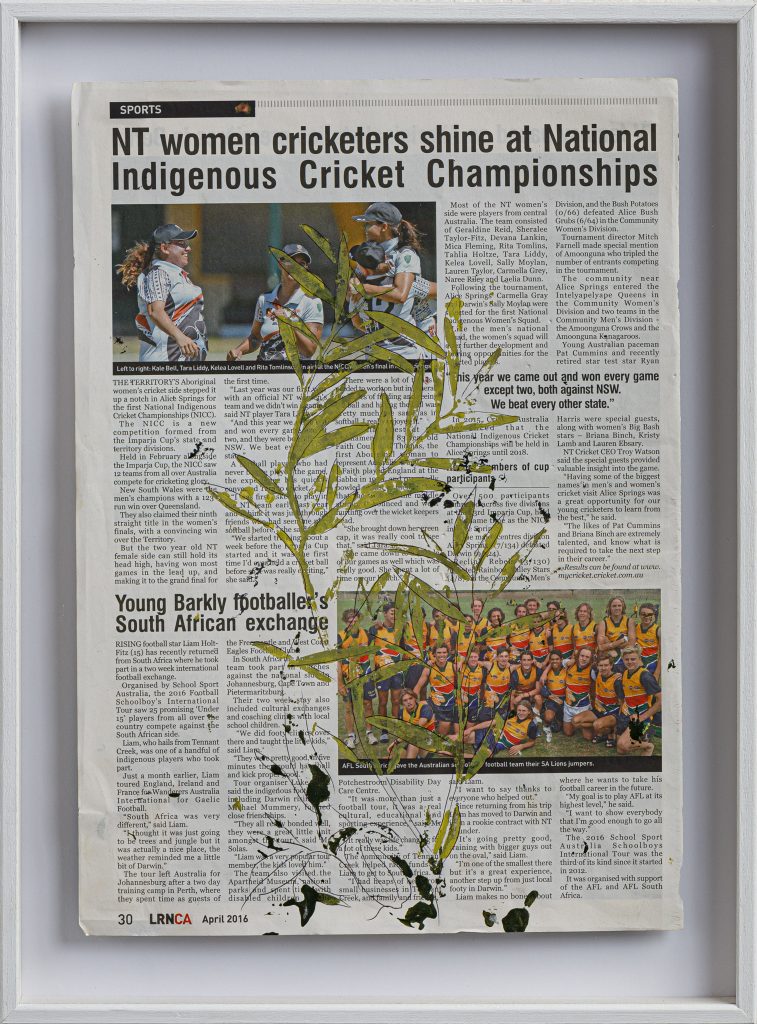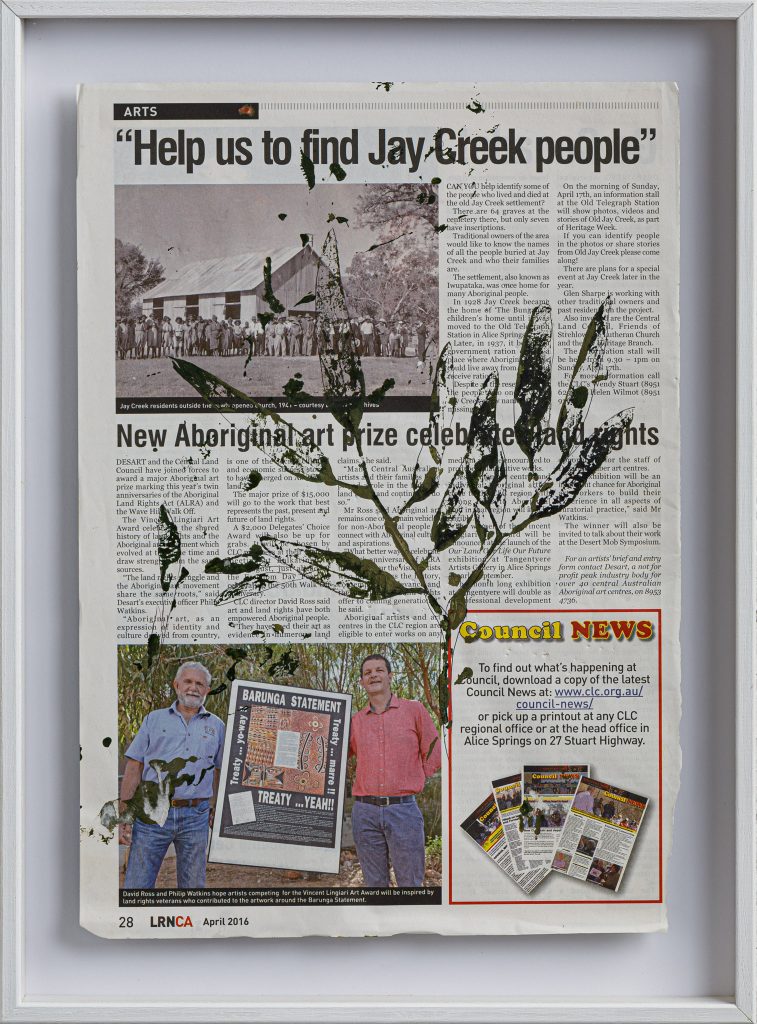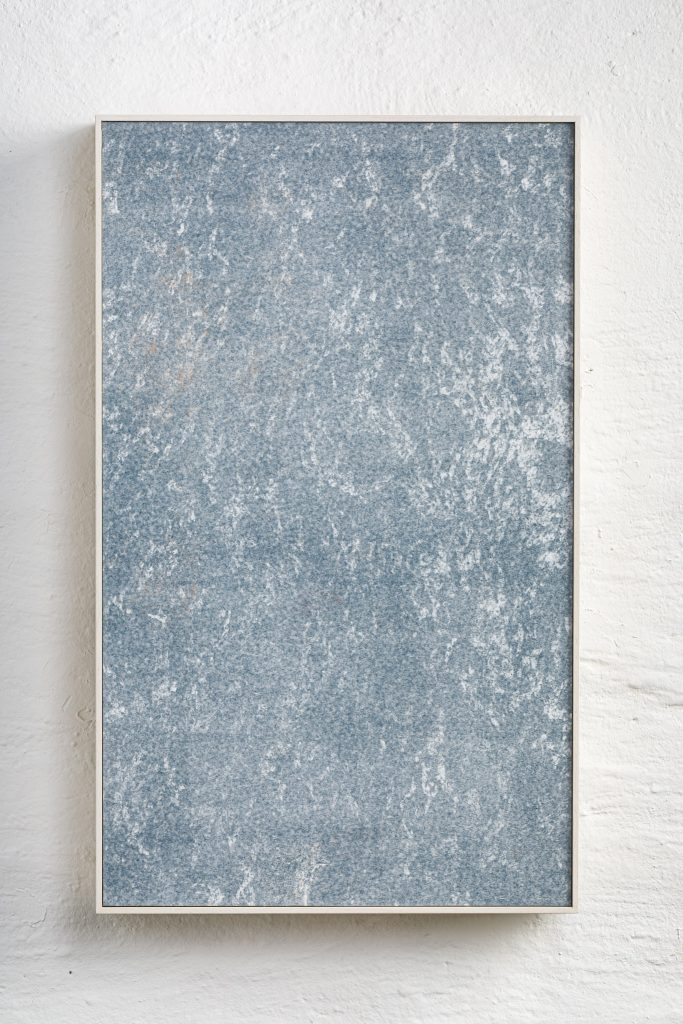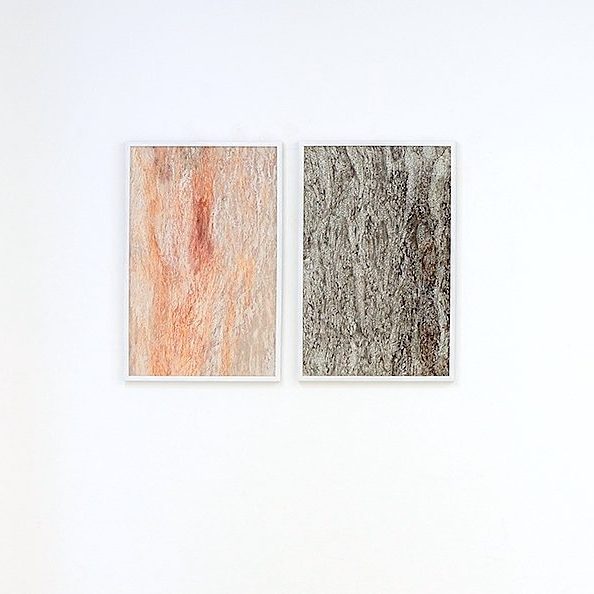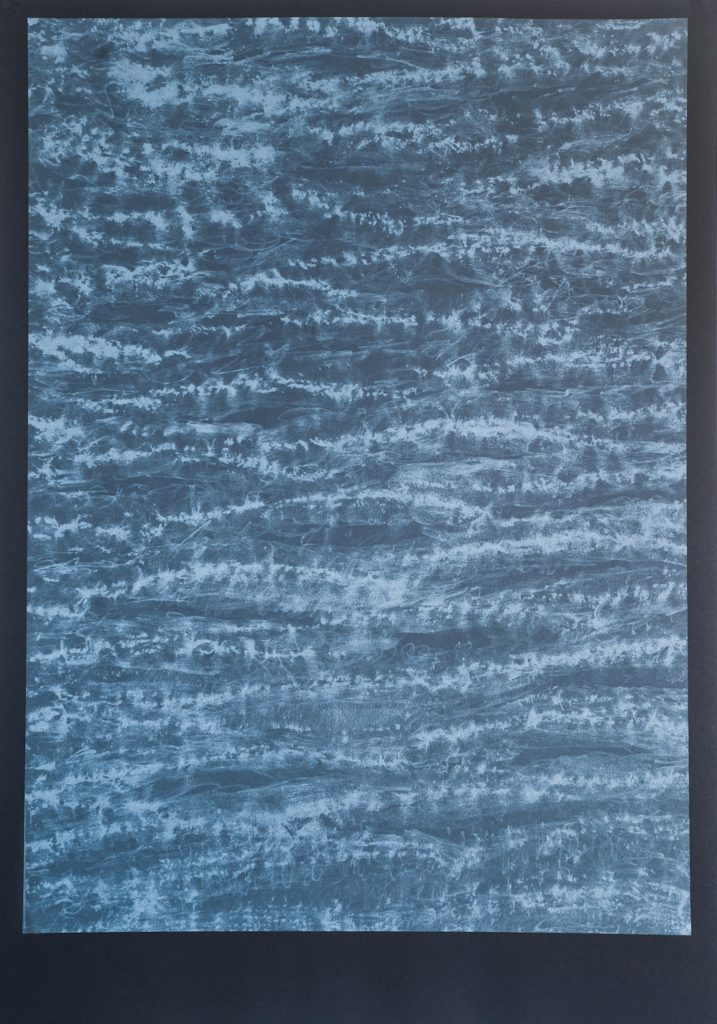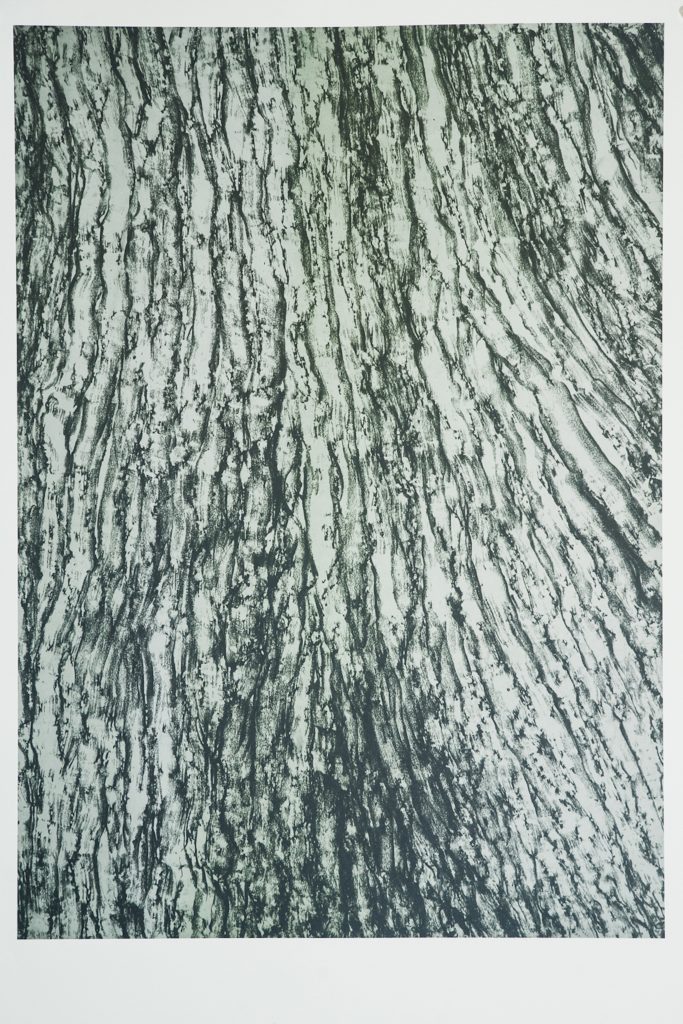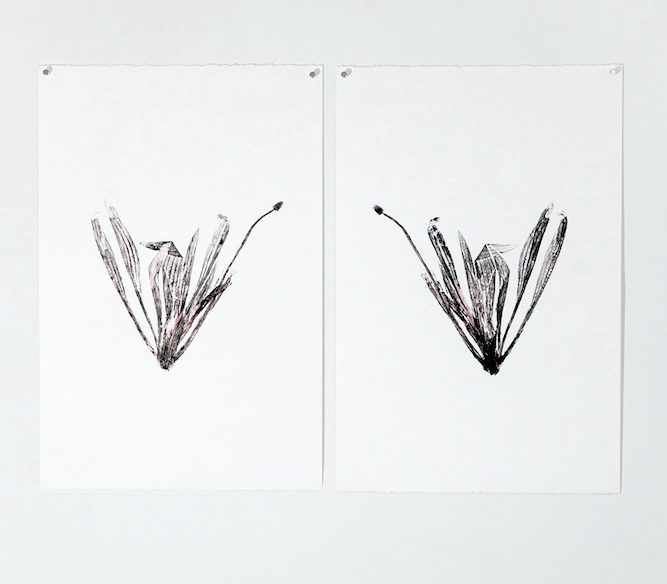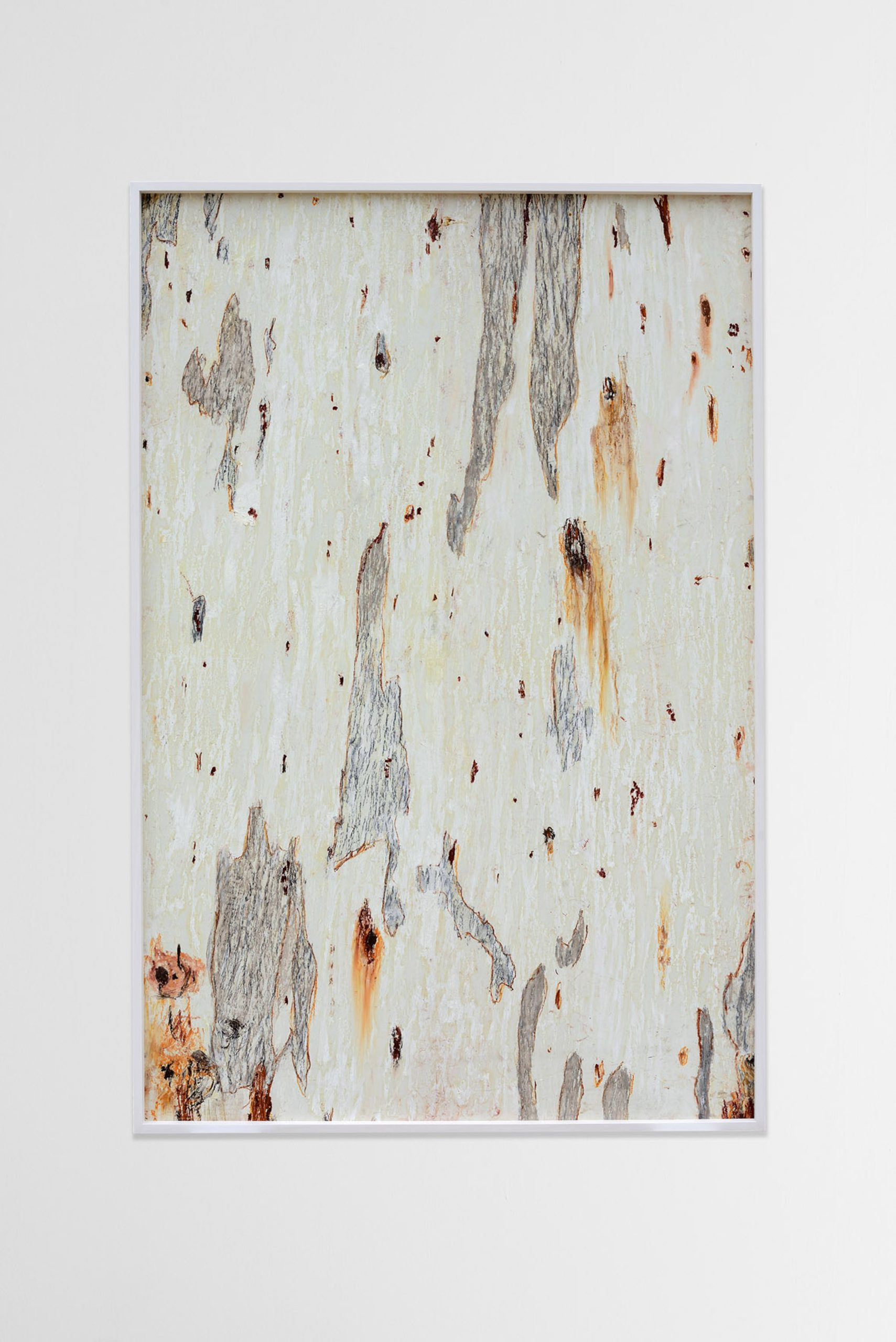
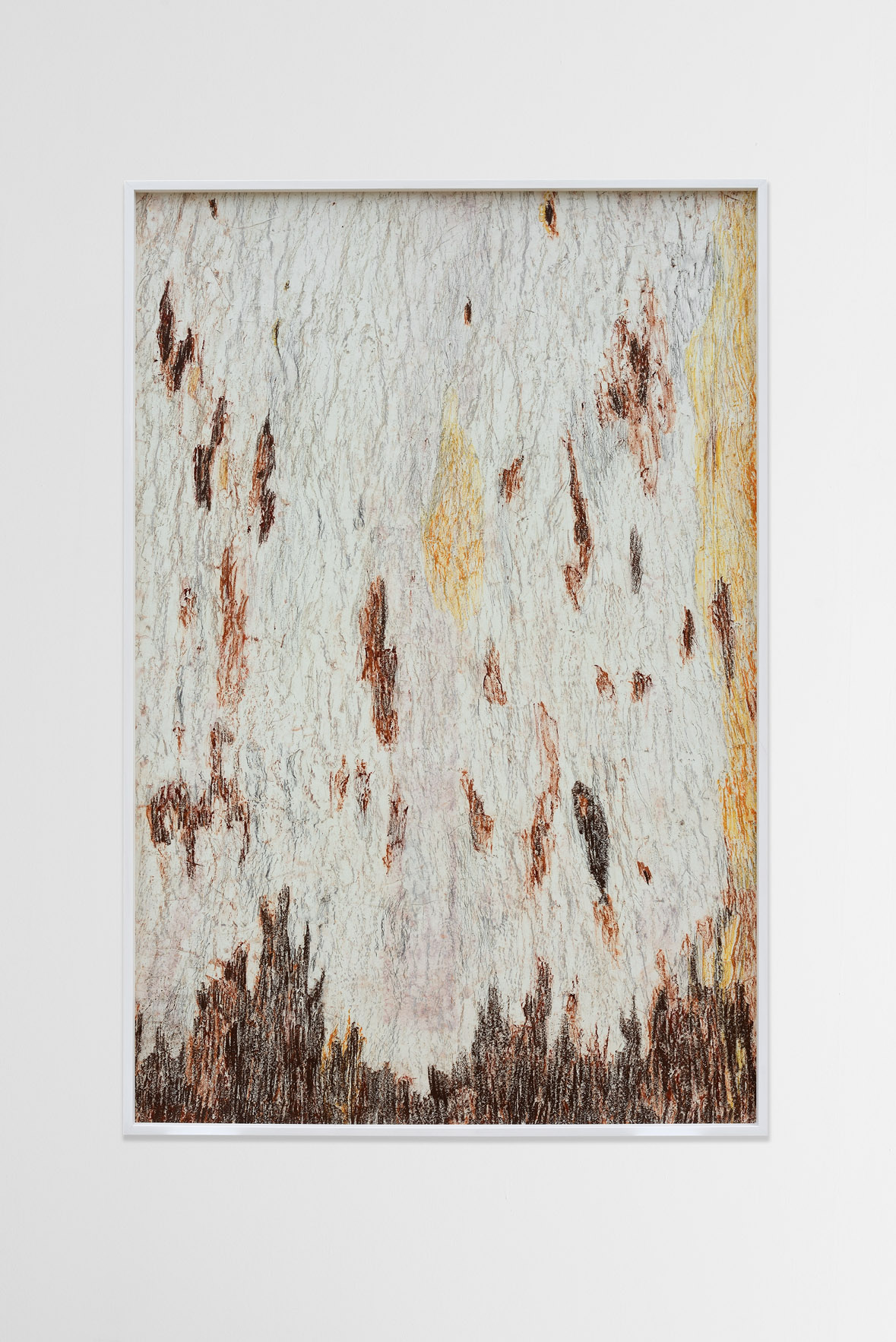
Ghost Landscape reads environmental signs to tell stories about history, people and places, colonialism and post-colonialism, cultural identity and identity absence. Environmental elements are witnesses belongin to a place for long time and often they become representatives, loaded with meanings and again they become silent resilient identity to be read. This investigation leaves a question: who is the ghost on this land?
This Giorgia Severi’s specific work reflects upon australian political / migrating landscape, leaving a critical question about who is the ghost on this land? Landscape elements become signs to be read to understand the history and local traditions, they are symbols of resilience, cultural redemption or phantom identities still floating silently.
Ghost Landscape legge gli elementi del paesaggio per raccontare storie di luoghi e genti, colonialismo e post-colonialismo, identità culturale e la sua assenza. Gli elementi del paesaggio sono i testimoni che appartengono ad un luogo per lungo tempo e spesso ne divengono gli ambasciatori, carichi di significati come silenti identità e simboli resilienti. Questa ricerca lascia una domanda: chi è il vero fantasma in questo territorio?
Questo lavoro di Giorgia Severi riflette sul paesaggio politico / migratore della colonia australiana, lasciando una domanda critica aperta su chi sia il vero fantasma di questo luogo. Gli elementi del paesaggio divengono segni da interpretare e leggere per schiudere la storia e le tradizioni locali, simboli di resilienza e riscatto culturale o identità fantasma che fluttuano tutt’ora.
Political Landscape – Land Rights News , 2019, series of 5, acrylic on newspaper, 42×30 cm each, photo credits@Gianluca Colagrossi, courtesy the artist
- Ghost Gum Tree, 2016, chalk on paper frottage and cardboard, Pegoretti Collection
- Eucalyptus Camaldolensis (sx) – Cedrus Atlantica (dx), 2016, graphite, chalks and wax pastels on paper, 65 x 42 cm each, photo credits Michele Alberto Sereni, courtesy the artist / Galleria Studio La Città Verona and Sotherbys Milan
Migrant landscape / parallel landscape: the same plants species live in opposite globe sites, they are witnesess about migrations and contaminations, now digested by new anthropic dimensios.
At Jubilee Park in Syndey, Giorgia Severi chosen some non indigenous trees which have been planted by the settlers to replace the native felled forest . She got the mold of the barks and printed them with an off-set printer using the victorian colors: green, bordeausx and dark grey to connect the meaning to the urbanization of the landscape in the victorian age. The number of the prints is the same of the number of trees in the park. Ghosts are the trees not belonging to that place, ghost is the disappeared forest. Reading history signs we can understand why some trees have been used for many reasons, for example Camphora has been used as a repellent for insects and Canary Island Palm was a decorative tree loved by the english settlers
Off-set prints have been realized during the artist residency at BIG FAG PRESS Sydney, sponsored by IIC SYDNEY Italian Institute of Culture.
Exhibitions: BOTHANICAL FOOTPRINTS, IIC Sydney / GHOST LANDSCAPE, M.Contemporary Gallery Sydney, SENZA TEMA PAPER Galleria Studio la Città Verona
Un paesaggio migratore/ paesaggio parallelo: con le stesse specie di piante agli opposti del globo sono testimoni di migrazioni e contaminazioni, ora inghiottite da nuove dimensioni antropiche.
Per il Jubilee Park di Sydney l’artista sceglie una serie di alberi alloctoni piantati dai coloni al posto della foresta nativa che è stata abbattuta, e ne riproduce il calco della corteccia in serie uguale al loro reale numero nel parco, stampandoli con una macchina off-set. I colori sono quelli vittoriani riferendosi al paesaggio urbano che si è sostituito negli ultimi due secoli alla foresta, e quindi, appunto, fantasma lui che non appartiene a quel luogo e fantasma la foresta che non vi è più. Leggendo il paesaggio antropizzato e globalizzato possiamo anche capire la storia, infatti l’albero CAMPHORA importato in Australia all’inizio dell’800 dall’Asia, era utilizzato come albero ornamentale ma anche per repellere gli insetti poiché quella zona di Sydney era foresta e palude. La PALMA DELLE ISOLE CANARIE invece veniva piantata come albero ornamentale per riprendere l’esoticità delle isole europee amate dai britannici.
Le stampe off-set sono state realizzate durante la residenza artistica a BIG FAG PRESS Sydney, sponsorizzata da IICS ISTITUTO ITALIANO DI CULTURA Sydney
mostre: BOTHANICAL FOOTPRINTS, IIC Sydney / GHOST LANDSCAPE, M.Contemporary Gallery Sydney, SENZA TEMA PAPER Galleria Studio la Città Verona
- Canary Island Palm, 2016, off-set print, limited edition, 100×70 cm, photo credits@Michele Alberto Sereni, courtesy the artist
- Camphora Tree, 2016, off-set print, limited edition, 100×70 cm
- Canary Island Palm, 2016, off-set print, limited edition, 100×70 cm, photo credits@Michele Alberto Sereni
- Plantago Lanceolata, 2016, diptych, sap and ink on paper, 50×35 cm each, courtesy the artist

